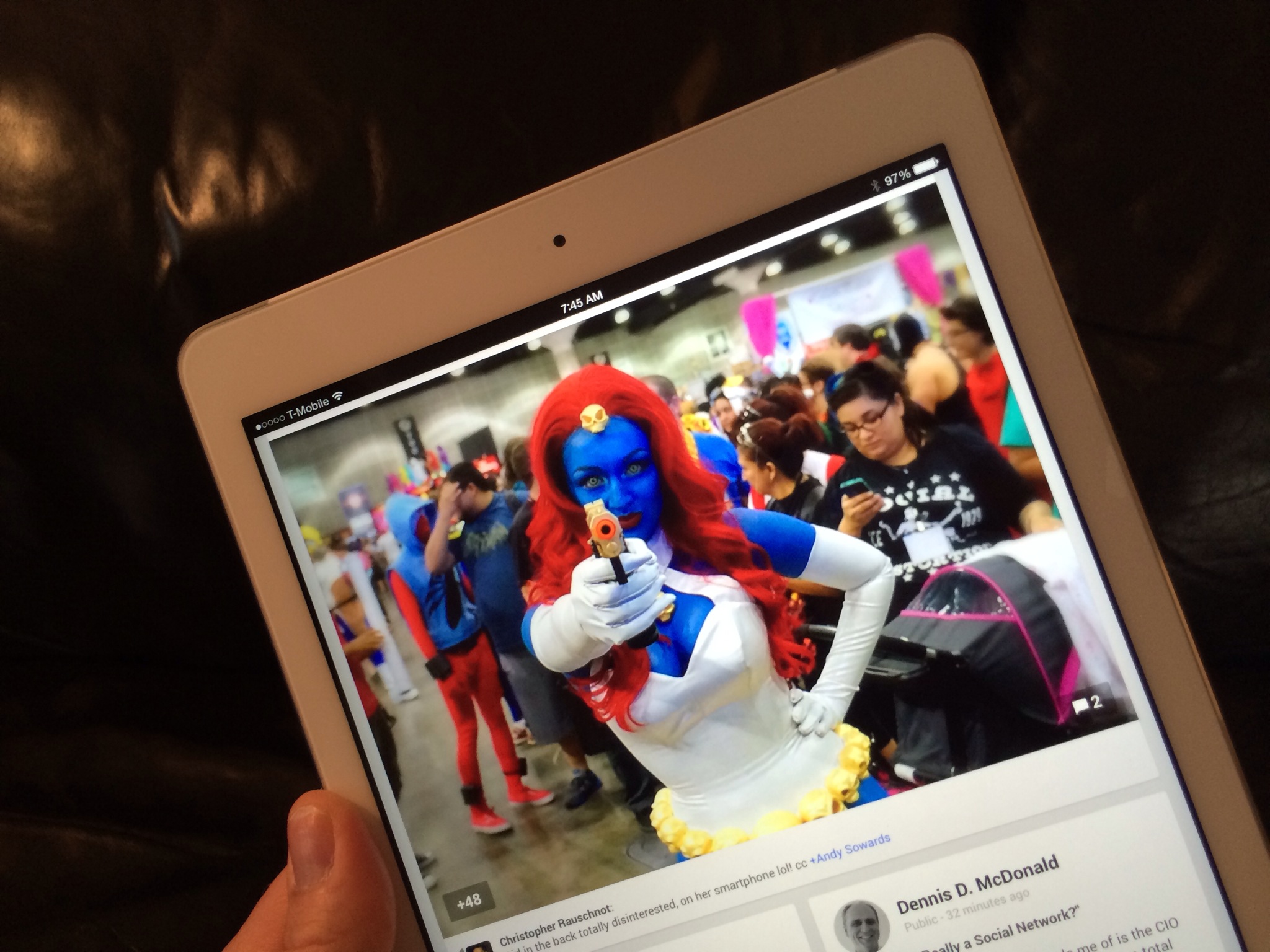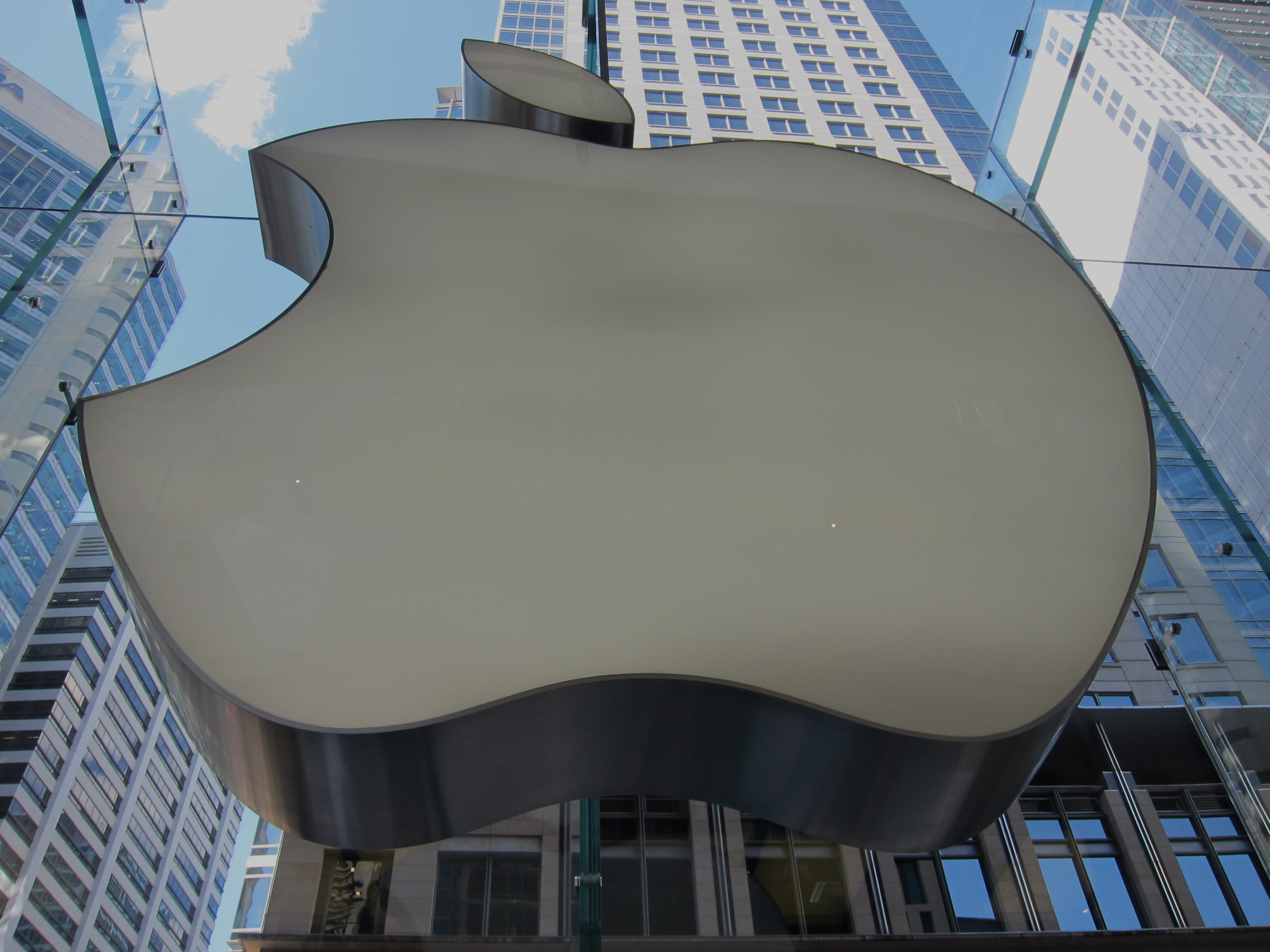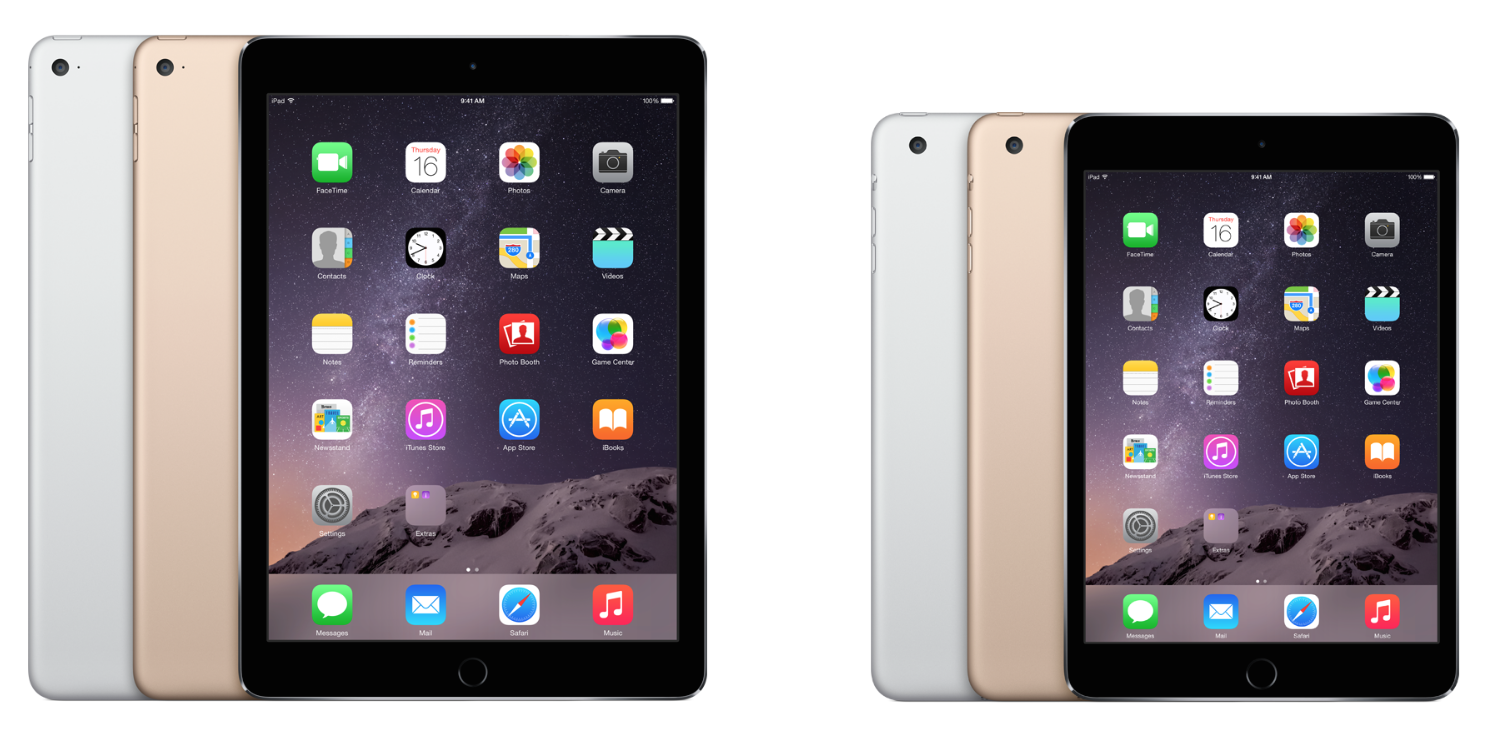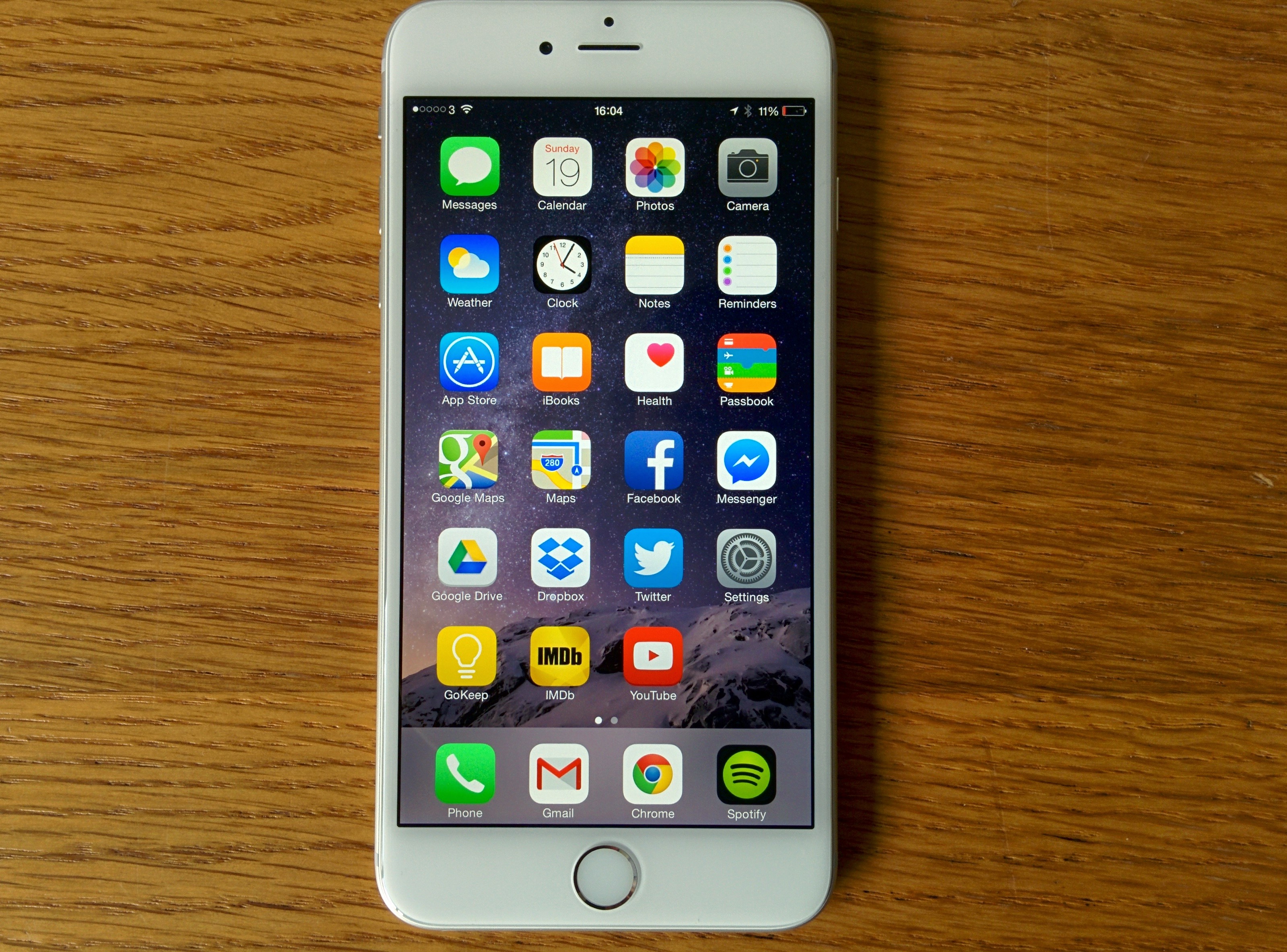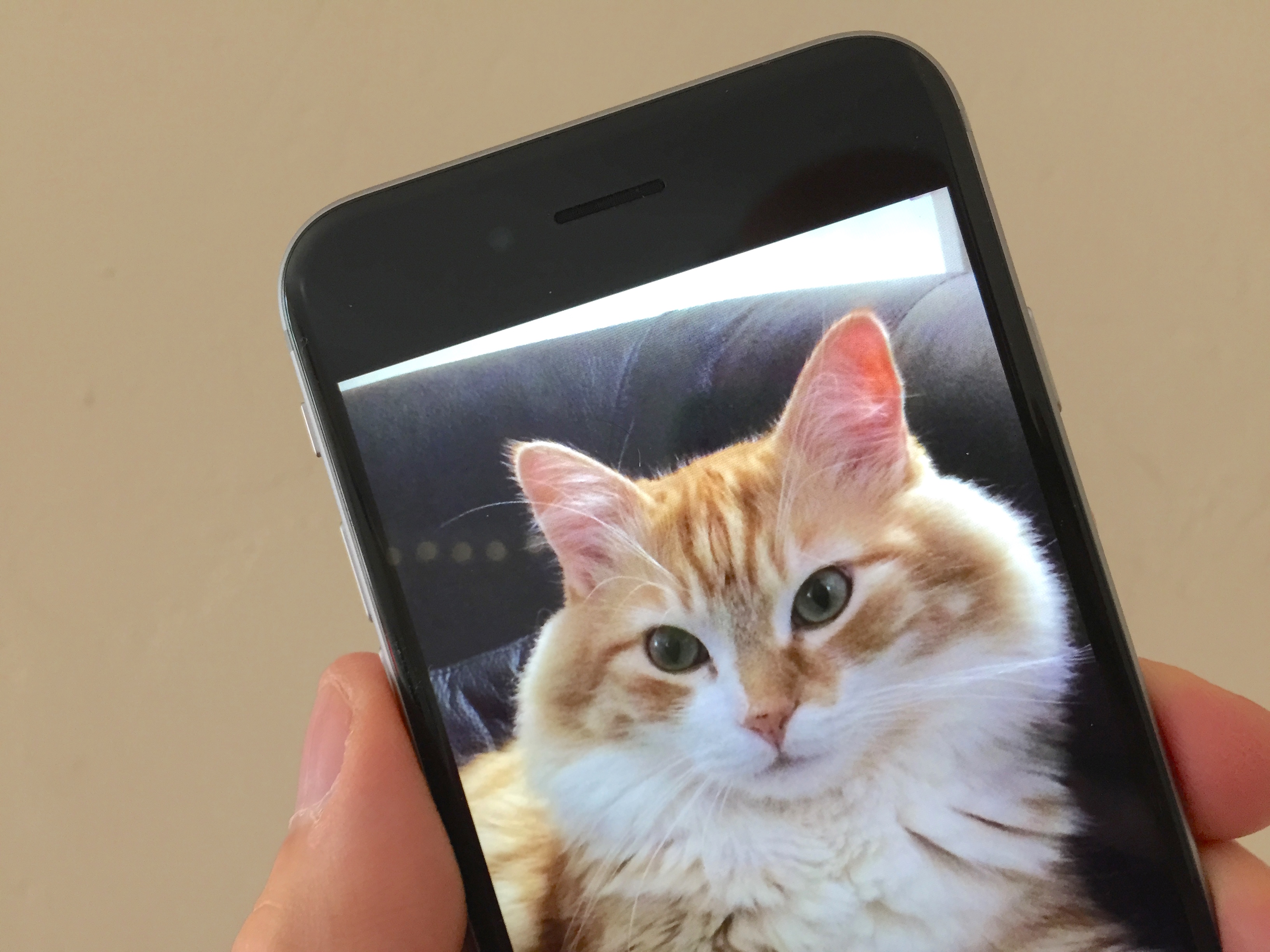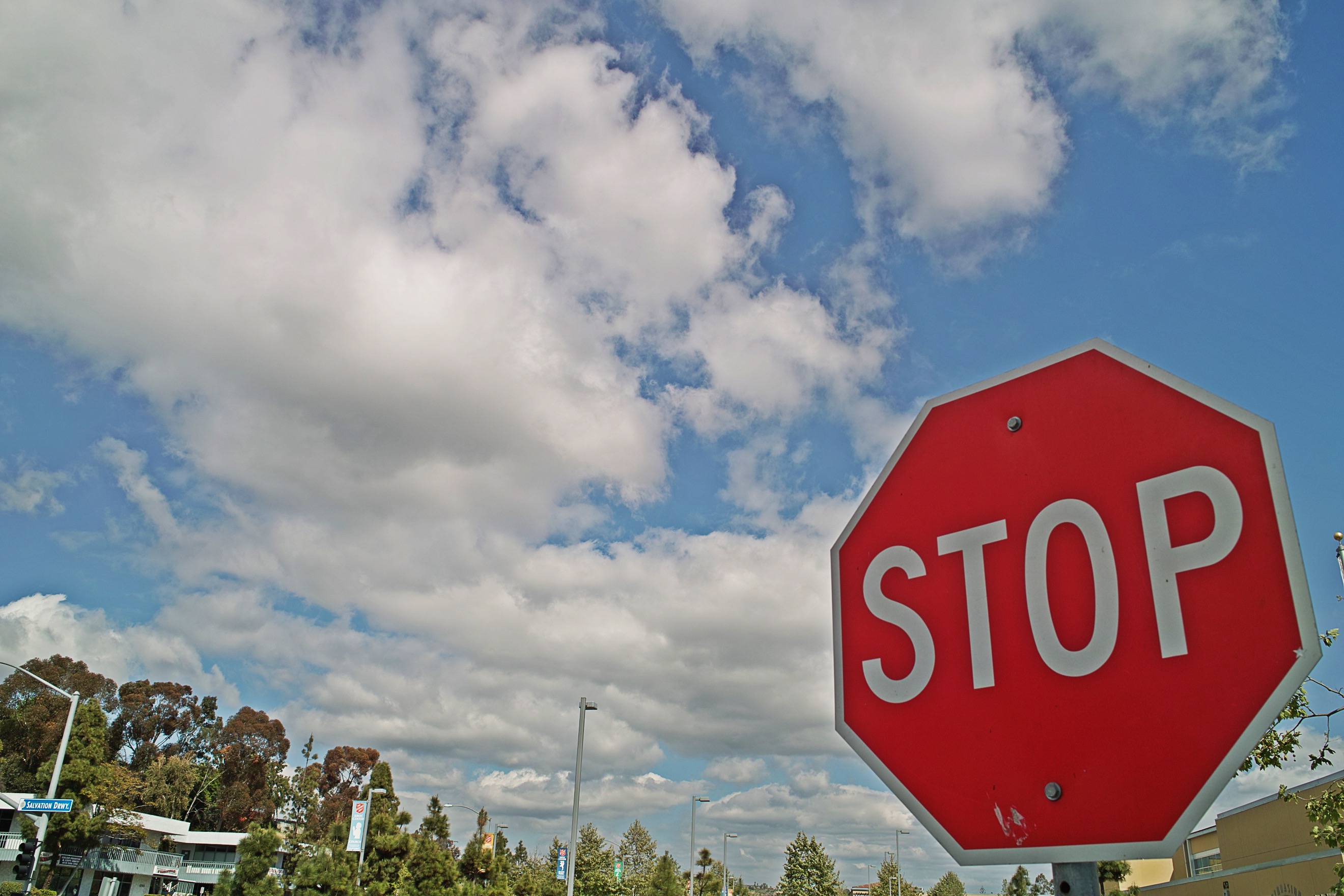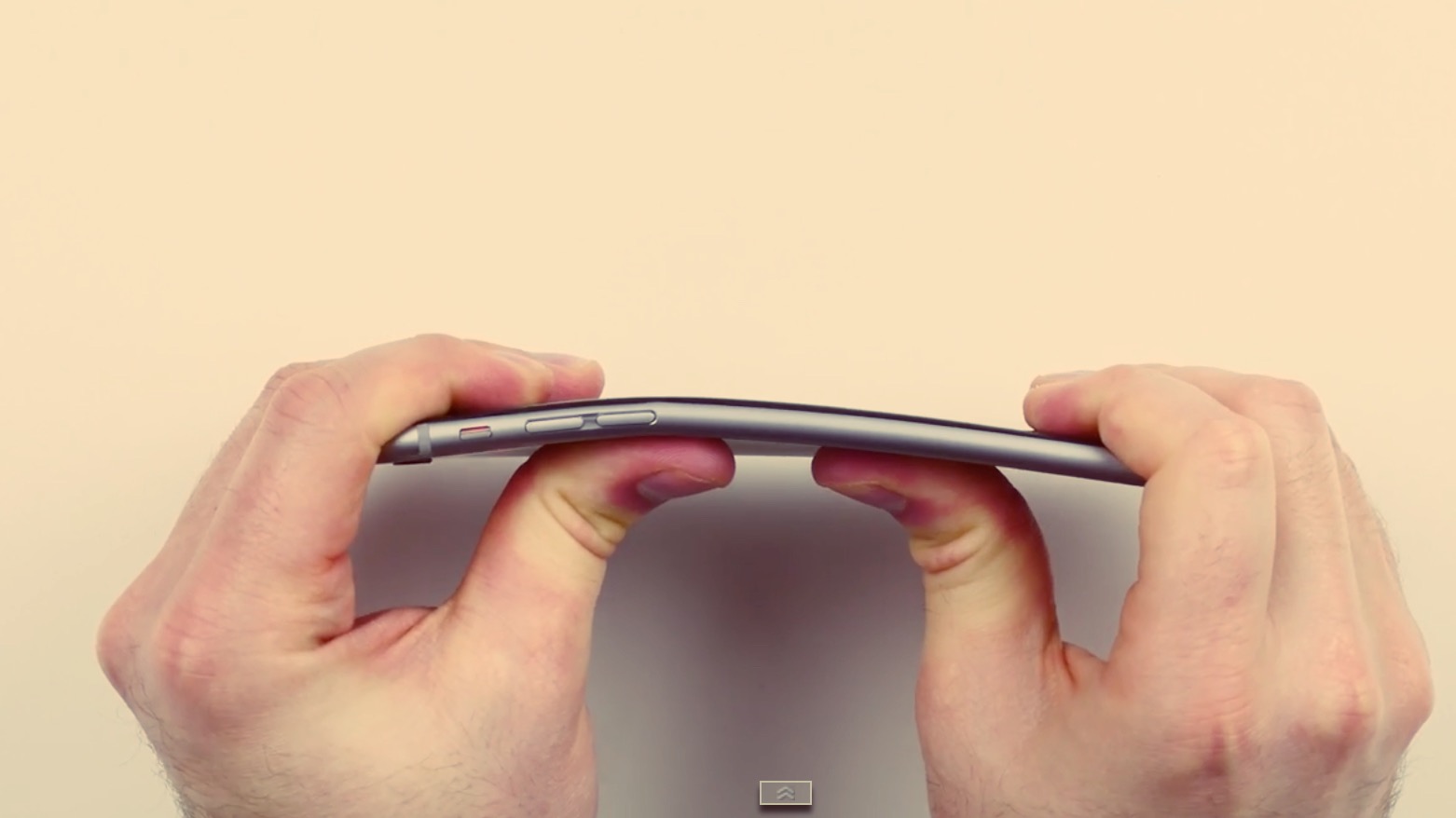On May 15, 2001, while previewing the first Apple Store to analysts and journalists, then CEO Steve Jobs boasted: “Apple has about 5 percent market share today”, but the remainder “don’t even consider us”. Jobs exaggerated, and not for the first time, seeing as how Mac global share was more like 2 percent.
But the ambition, to use the retail shops to “double our market share”, was achievable. Three years following his death, with 10-percent long ago reached in the United States, something more startling occurred: During calendar Q3 2014, Apple moved into fifth place for global PC shipments, according to IDC. The question is why.
